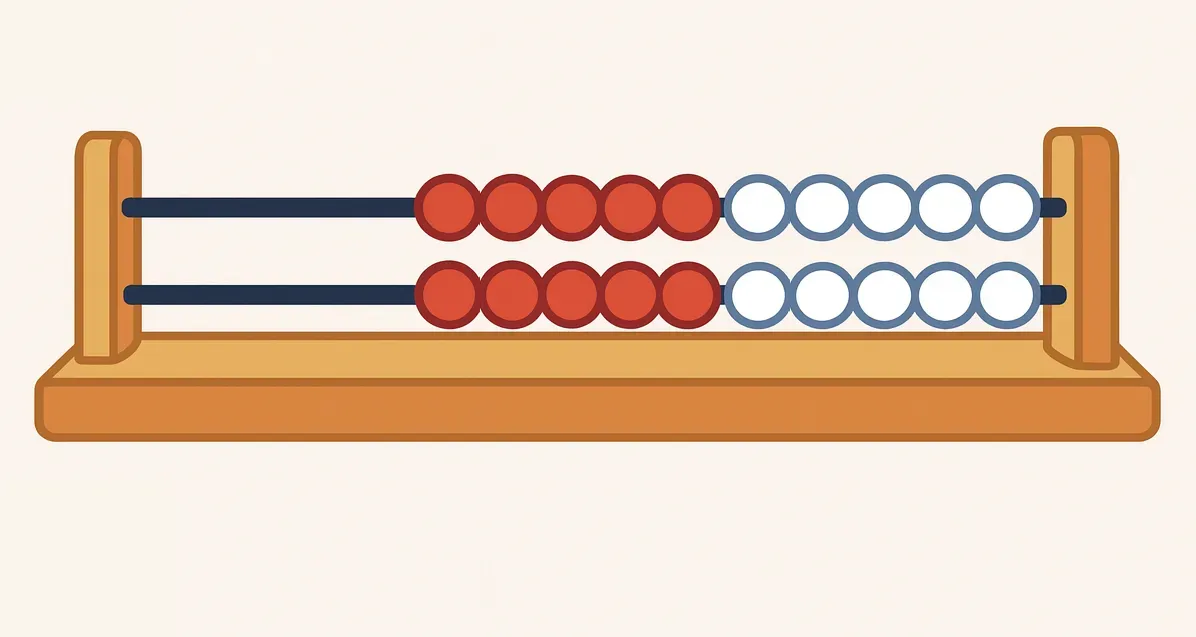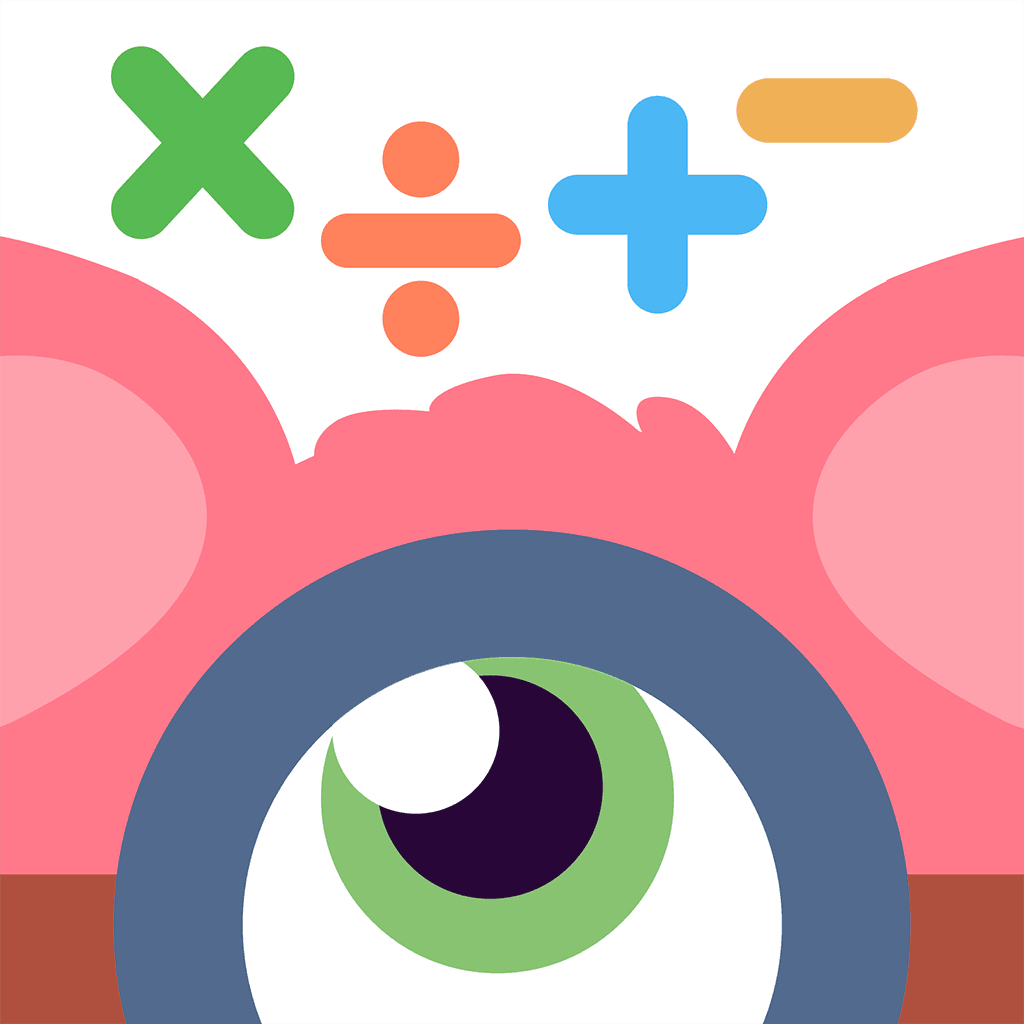How Rekenreks Build Number Sense in Early Learners
TL;DR: The Rekenrek (a simple abacus-like tool with two rows of 10 beads, grouped 5 red and 5 white) is a powerful, research-backed manipulative for building number sense in kindergarten and first-grade children. By visually organizing numbers into groups of 5 and 10, it helps young learners instantly “see” quantities, rather than count one-by-one. This strengthens their intuitive understanding of numbers (number sense) – including skills like subitizing (recognizing small groups instantly), using benchmarks of 5 and 10, and flexibly breaking numbers into parts. In short, Rekenreks make abstract math concepts concrete, nurturing confident and fluent young mathematicians from the start.
“Number sense” is a child’s intuitive feel for numbers – an understanding of quantity, magnitude, and how numbers can be broken apart and put together. In early learners, strong number sense shows up as the ability to recognize small quantities without counting, to know that 7 is “5 and 2 more,” or to quickly judge that 8 is bigger than 5. In other words, kids with good number sense don’t just recite counts – they truly understand what numbers mean. According to experts, number sense includes being able to flexibly decompose and recompose numbers and to use benchmarks like 5 or 10 when thinking about quantities. Gersten & Chard (1999)
Early number sense is incredibly important. Research shows that strong number sense in the early years is a predictor of later math achievement (Jordan et al. (2009)) Kids who develop an intuition for numbers in kindergarten and first grade tend to do better with math down the line – it’s the foundation for learning addition, subtraction, place value, and beyond. On the flip side, children who struggle with number sense often have difficulty catching up in mathematics. In fact, many learning differences in math (like dyscalculia) are linked to weak number sense and difficulty “seeing” quantities.
The good news is that number sense can be taught and strengthened – especially using visual, hands-on approaches. This is where the Rekenrek comes in.
What is the Rekenrek?

The Rekenrek (Dutch for “calculating frame”) is a math tool specifically designed to build number sense in young children. At first glance it looks a bit like a basic abacus – it has rows of sliding beads – but it’s cleverly different. A standard student Rekenrek has two rows of ten beads, and each row is visually split into two groups of five (usually 5 red beads and 5 white beads). Tournaki et al. (2008) This simple red/white grouping is key: it instantly shows kids the structure of 5 and 10. For example, if all 5 red beads are moved to one side, a child sees “5.” If all 10 on a row are moved, they see “10” (often as 5 red + 5 white). This physical layout was developed by mathematics education researchers at the Freudenthal Institute in the Netherlands to reflect how young children naturally understand quantities. Gersten & Chard (1999)
How Rekenrek works
Kids can slide beads from one side to the other to represent numbers. Because of the color grouping, children quickly learn to move beads in chunks – typically 5 at a time – rather than one by one. For instance, to show the number 7, a child would slide over a group of 5 red beads and then 2 white beads. The arrangement immediately shows 7 as “5 and 2.” This taps into a child’s visual perception and intuition. In fact, the Rekenrek is built on a five-structure rather than a ten-structure, meaning it emphasizes seeing numbers as 5+something. Tournaki et al. (2008)
How is Rekenrek used
Classrooms and homes around the world use Rekenreks for counting, addition and subtraction practice, and even simple multiplication.
Teachers often introduce it in kindergarten or even preschool to reinforce the idea of subitizing and to help children visualize numbers within 10 and 20. Many curricula (for example, the Bridges in Mathematics program in the U.S.) have adopted Rekenreks as a core tool for building number sense. Importantly, you don’t need a fancy kit – you can even make your own Rekenrek with string or pipe cleaners and beads (5 of one color, 5 of another on each row). Whether homemade or store-bought, the Rekenrek gives kids a hands-on, eyes-on experience of numbers that paper and pencil just can’t match.
Research has shown that children who develop strong subitizing abilities tend to learn counting and arithmetic more easily. (Clements (1999))
By frequently working with a Rekenrek, children get repeated opportunities to subitize: “How many beads did I move? Can you tell without counting each one?” Many teachers play quick “flash” games with Rekenreks – for instance, showing a certain configuration of beads for just a second or two, then hiding it, and asking kids how many they saw.
In one peer-reviewed study, first graders with learning disabilities who practiced addition and subtraction on Rekenreks for several weeks significantly outperformed similar students who practiced the same problems without Rekenreks. Tournaki et al. (2008)
Providing structured manipulatives like the Rekenrek significantly helps students move from the act of counting numbers to the process of grouping numbers, organizing them in efficient ways, and understanding how different numbers relate to one another.
Educational research emphasizes teaching strategies over rote procedures for building fluency. One study found that teaching kids to use relationships (like doubles or making ten) leads to more robust number sense than just drilling facts. Gersten & Chard (1999). Monster Math does this by helping kids see Math visually instead of letting them rote-learn it.
How to use a Rekenrek at home?
You don’t need a math degree to get started with a Rekenrek at home. Here are some simple, effective ways to build number sense in just a few minutes a day:
- Show a number: Ask your child to move the correct number of beads and explain how they see it (e.g., “5 red and 2 white make 7”).
- Flash and guess: Slide over a number of beads, flash it quickly, then hide it—ask your child how many they saw without counting.
- Make 10: Practice combinations that add up to 10 using both rows of the Rekenrek.
- Compare numbers: Show two numbers and ask which is bigger, or how many more one has than the other.
- Talk out loud: Model your own thinking while using the Rekenrek (e.g., “I see 5 red and 3 white, so that’s 8”).
FAQs
What age is appropriate for using a Rekenrek?
Rekenreks are most effective for children in kindergarten and first grade, though they can also be introduced in preschool settings for early exposure to numbers and counting.
Can I make a Rekenrek at home?
Yes! All you need are pipe cleaners or string, some cardboard for the frame, and beads in two colors (usually red and white). This homemade version works just as well for building number sense.
How often should my child use a Rekenrek?
Even short, daily 5- to 10-minute sessions using a Rekenrek can make a big difference. Consistency matters more than duration.
How does a Rekenrek help kids who struggle in math?
It provides a visual and tactile way to see numbers and understand how they’re composed and decomposed. This can be especially helpful for children with learning differences or working memory challenges.


Comments
Your comment has been submitted successfully!